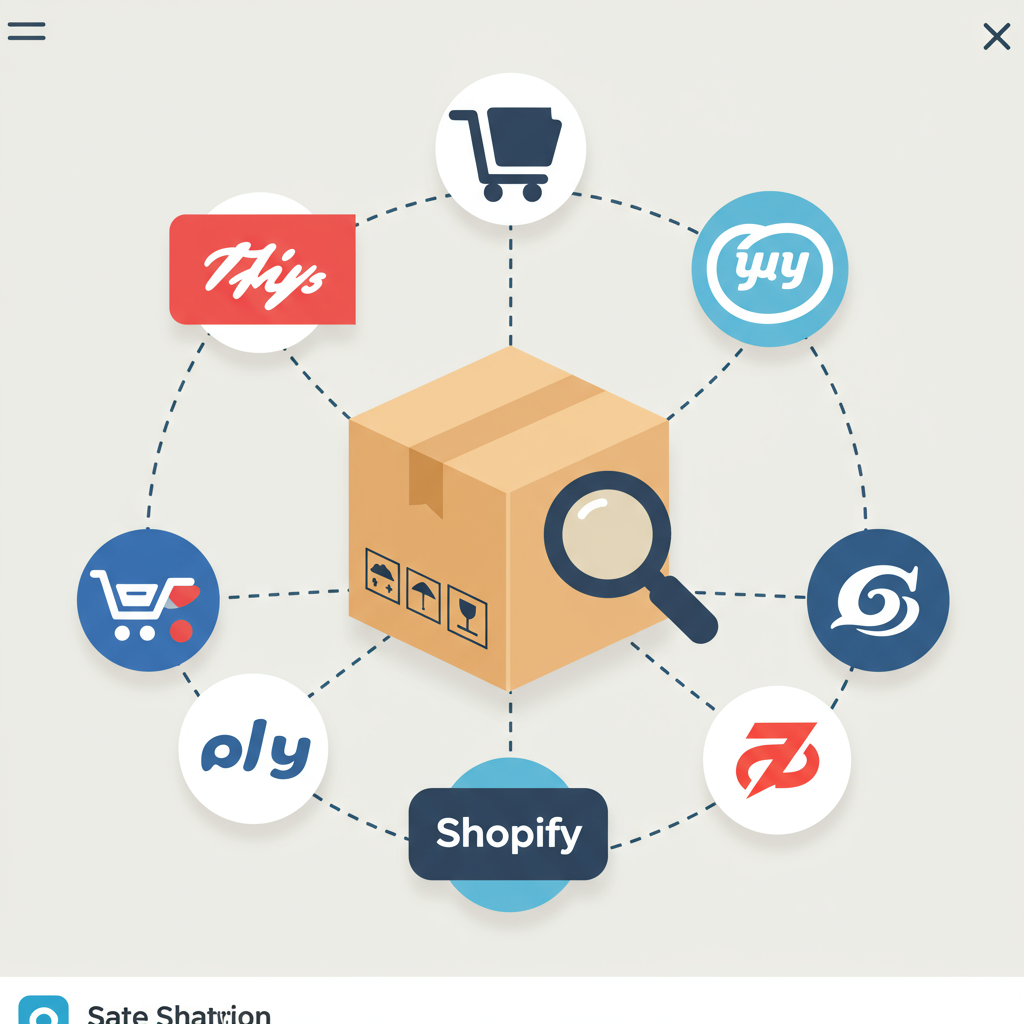Elevate Customer Experience and Streamline Operations with Seamless Tracking Integrations.
As a Shopify merchant, I know firsthand the excitement of a new order. But that excitement quickly shifts to the crucial phase of fulfillment and delivery.
Once an order leaves your warehouse, the customer’s journey isn’t over. In fact, it’s just beginning for them, as they eagerly await their purchase.
This is where robust order tracking comes into play. It’s no longer just a nice-to-have; it’s a fundamental expectation in today’s e-commerce landscape.
Think about your own online shopping habits. Don’t you immediately look for a tracking number after making a purchase? Your customers do too.
Providing clear, consistent, and easily accessible order tracking information can significantly enhance your customer’s post-purchase experience.
It builds trust, reduces anxiety, and ultimately, fosters loyalty. A happy customer is a returning customer, and transparent tracking is a big part of that happiness.
Beyond customer satisfaction, effective order tracking also offers substantial benefits for your business operations.
It dramatically reduces “Where Is My Order?” (WISMO) inquiries, freeing up your customer service team to focus on more complex issues.
This efficiency translates directly into cost savings and improved productivity for your support staff.
So, how do we, as Shopify merchants, implement the best possible order tracking system? Let’s dive into the options available.
Shopify, by default, offers some basic tracking capabilities. When you fulfill an order and add a tracking number, Shopify sends an email notification to the customer.
This email typically includes a link that directs them to the carrier’s website, where they can view the latest status of their shipment.
While this is a good starting point, it often lacks the branded experience and detailed updates that modern customers expect.
Customers are redirected away from your store, potentially to a carrier site that isn’t mobile-friendly or consistent with your brand aesthetic.
This is where third-party order tracking integration solutions become invaluable. They bridge the gap between basic functionality and a truly premium post-purchase experience.
These solutions typically integrate directly with your Shopify store, pulling tracking information from various carriers worldwide.
They then present this information on a branded tracking page hosted on your domain, keeping the customer within your ecosystem.
What should you look for in a robust order tracking solution? First, multi-carrier support is crucial. You likely use more than one shipping provider.
The solution should automatically detect the carrier based on the tracking number and pull data from their respective systems.
Real-time updates are another non-negotiable feature. Customers want to know exactly where their package is at every stage, from “In Transit” to “Out for Delivery.”
Branded tracking pages are essential for maintaining a consistent brand experience. These pages should be customizable with your logo, colors, and even marketing messages.
Automated notification capabilities are also key. This includes sending proactive email or SMS updates for events like “Shipped,” “Out for Delivery,” “Delivered,” or even “Exception.”
Analytics and reporting can provide valuable insights into your shipping performance, delivery times, and common issues, helping you optimize your logistics.
Some advanced solutions even offer features like estimated delivery dates, delivery exceptions management, and customer feedback collection on the tracking page.
Now, let’s talk about how to integrate one of these powerful solutions into your Shopify store. The process is generally straightforward.
First, you’ll need to choose an app from the Shopify App Store. Popular choices often include comprehensive tracking platforms that support hundreds of carriers.
Once you’ve selected an app, the installation process is usually a one-click affair directly from the App Store. You’ll grant the app necessary permissions to access your order data.
After installation, the next step is configuration. This typically involves connecting your shipping carriers, which might require API keys or simply selecting them from a list.
You’ll then customize your branded tracking page. Upload your logo, choose your brand colors, and perhaps add some custom text or promotional banners.
Set up your automated notifications. Decide which events trigger an email or SMS, and customize the message templates to reflect your brand voice.
It’s vital to test the integration thoroughly. Place a test order, generate a tracking number (even a dummy one if the app allows), and follow its journey through your new tracking page.
Ensure that notifications are being sent correctly and that the tracking information is accurate and updating in real-time.
What do you think about this article so far? Is it helping you understand the nuances of order tracking integration?
Beyond the technical setup, there are best practices to ensure your order tracking system truly shines.
Communicate clearly with your customers. Let them know where to find their tracking information immediately after purchase.
Set realistic expectations for delivery times. While tracking provides real-time updates, managing customer expectations upfront is crucial.
Leverage the data. Use the insights from your tracking analytics to identify bottlenecks in your shipping process or common delivery issues.
Proactive customer support is a game-changer. If you see a delivery exception, reach out to the customer before they even realize there’s an issue.
This proactive approach turns potential frustration into an opportunity to demonstrate exceptional customer service.
Some advanced merchants even use webhooks from their tracking solutions to trigger custom actions in their CRM or marketing automation platforms.
For instance, if a package is delivered, you could automatically send a follow-up email asking for a review or offering a discount on their next purchase.
In conclusion, integrating a robust order tracking solution into your Shopify store is a powerful investment in your customer experience and operational efficiency.
It transforms the post-purchase journey from a point of anxiety into an opportunity for delight and brand reinforcement.
By choosing the right solution and implementing it thoughtfully, you’ll not only meet but exceed your customers’ expectations, fostering loyalty and driving repeat business.
Embrace the power of transparent tracking, and watch your customer satisfaction soar.






